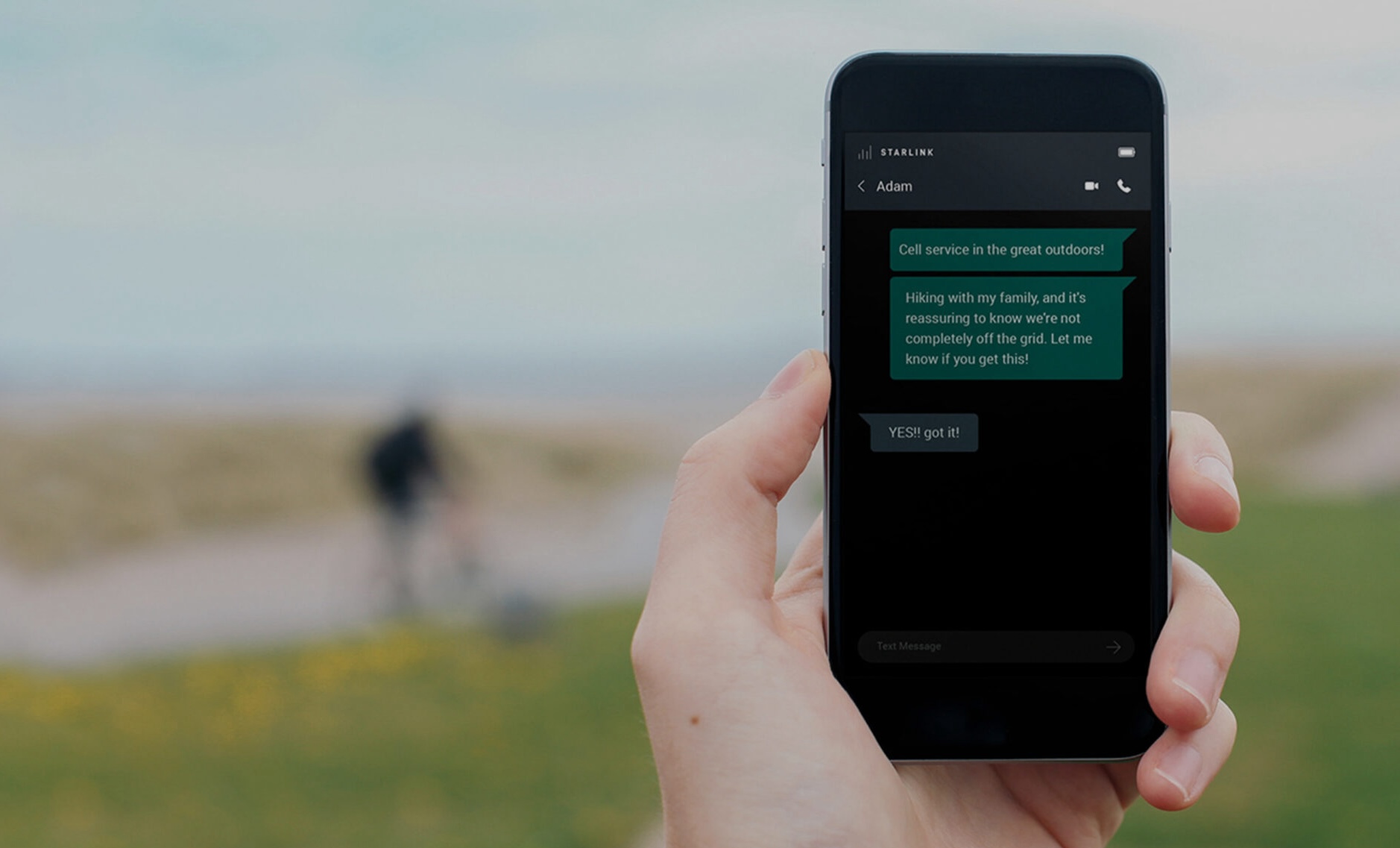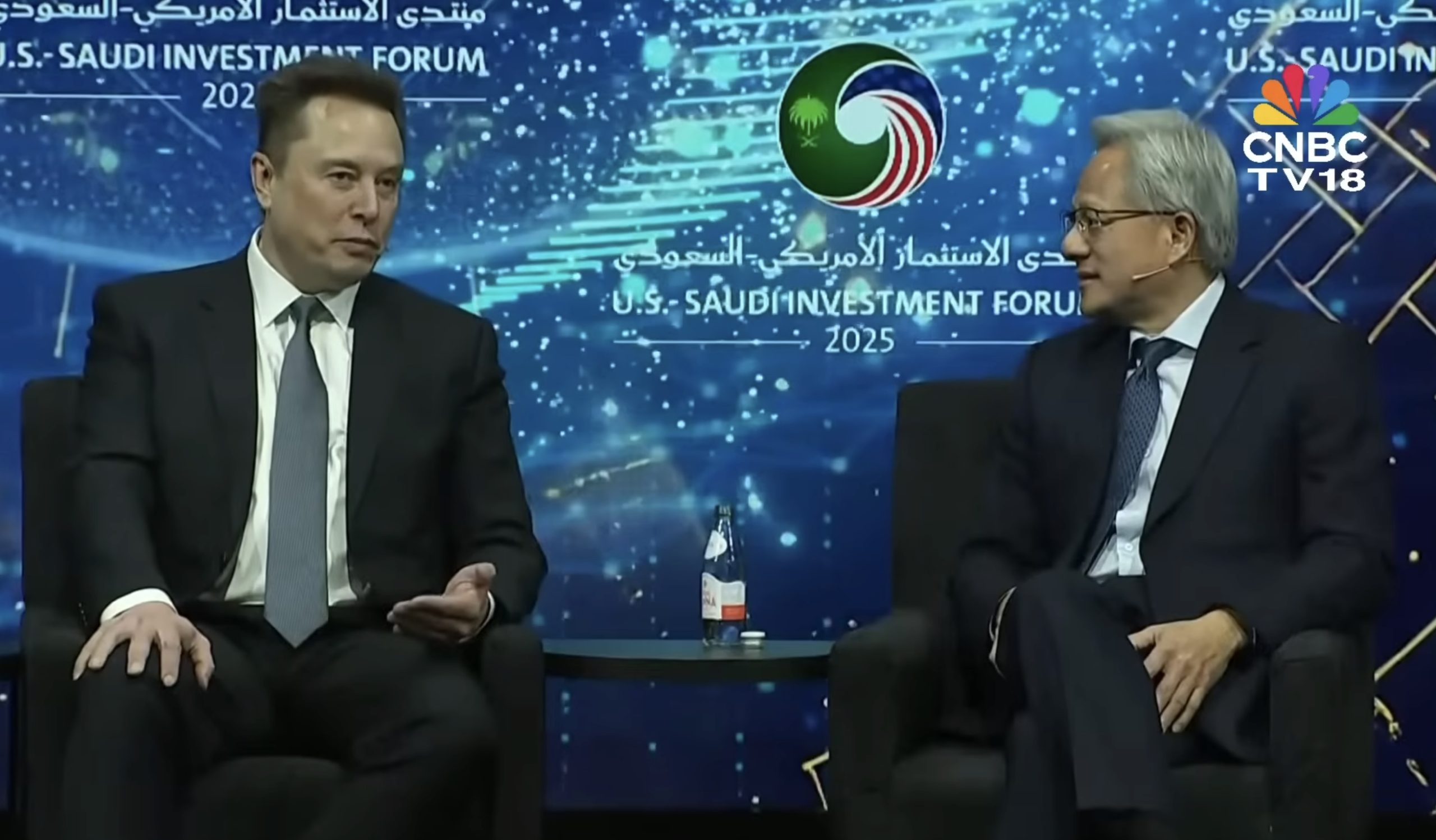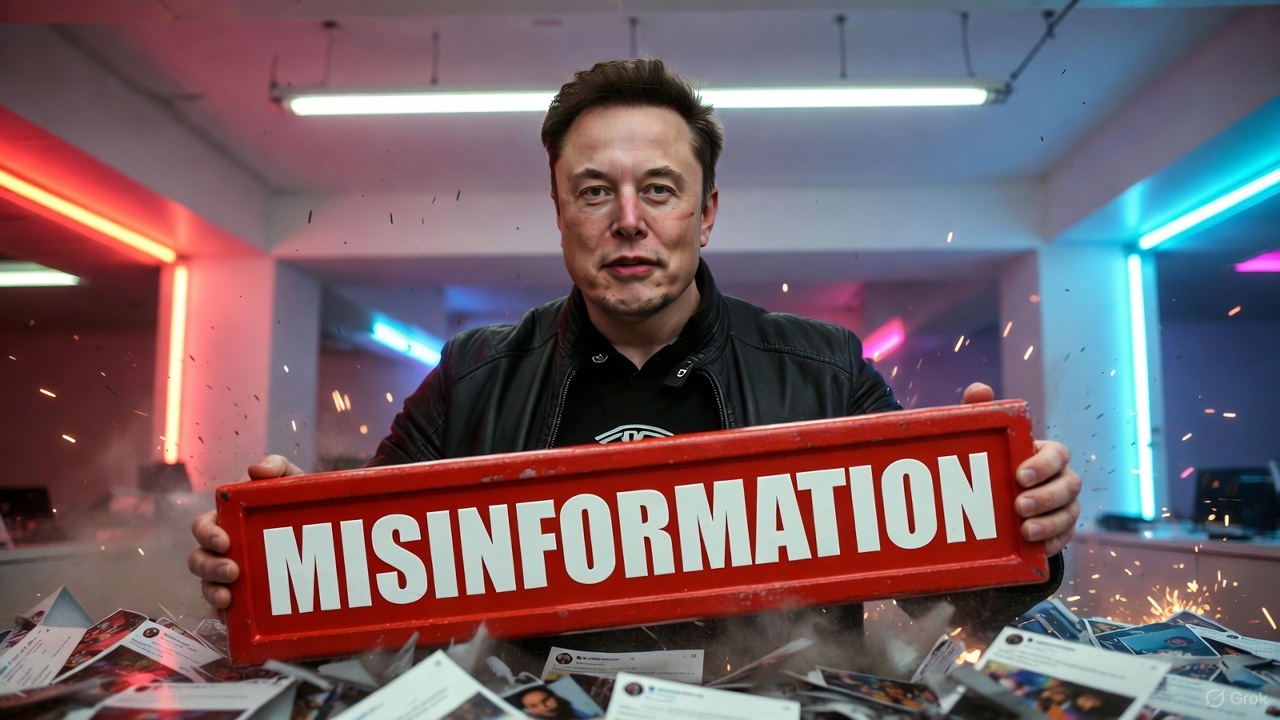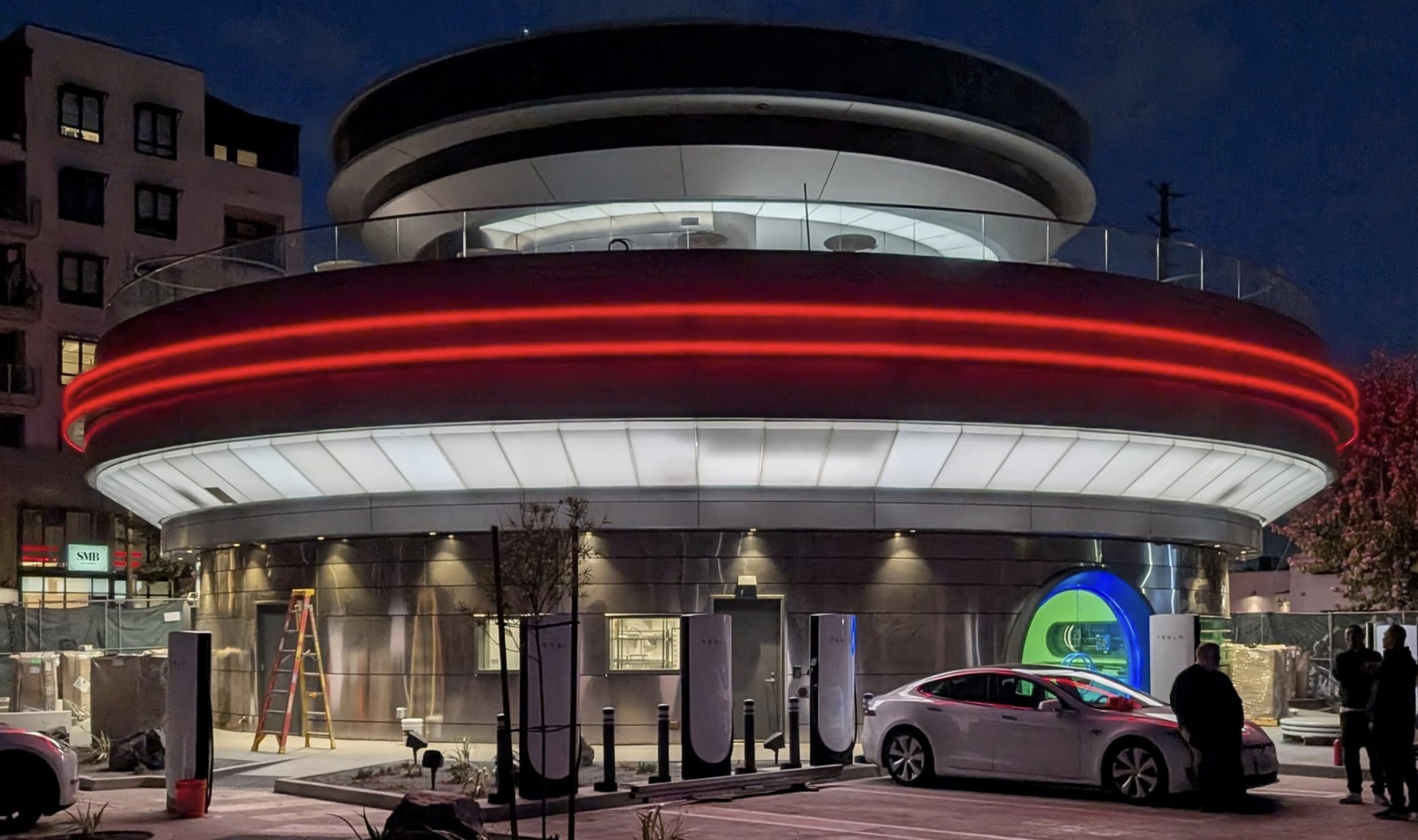News
Starlink Direct to Cell to boost remote businesses in Chile
Entel teams up with Starlink Direct to Cell to power SMEs & industries in Chile’s remote regions. Remote businesses get a major tech upgrade.

Entel will provide Starlink Direct to Cell services to businesses in Chile and Peru, boosting connectivity in underserved regions.
Entel is Chile’s leading telecommunications provider. Its strategic collaboration leverages Starlink’s Direct to Cell service by offering advanced internet solutions to small and medium-sized enterprises (SMEs) and large corporations.
The partnership targets industries like mining, agriculture, and forestry, which often face connectivity challenges in remote areas. By tapping into Starlink’s low-latency satellite constellation, Entel aims to bridge these gaps, driving innovation and competitiveness.
The collaboration with Entel follows Starlink’s April expansion in Brazil, where its internet was integrated into John Deere’s agricultural equipment. Through its mobile app, Starlink provided Brazilian farmers with live video feeds, sensor data, and real-time sharing.
Entel’s Starlink Direct to Cell service includes value-added features such as 24/7 network monitoring, proactive management, and dedicated technical support. An observability feature will allow businesses to track real-time connectivity performance through web or mobile applications, enhancing operational efficiency.
The service’s accessibility to SMEs is a key focus. Starlink Direct to Cell is expected to empower small businesses to engage in e-commerce, improve customer communication, and expand digital operations.
Starlink’s Direct to Cell expansion into Peru underscores Entel’s regional ambitions, positioning it as a leader in Latin America’s business connectivity landscape. While details of the Peruvian rollout remain forthcoming, the move aligns with the region’s post-COVID-19 economic recovery. Reliable internet is critical for businesses to adopt cloud-based technologies and access global markets.
Starlink’s growing influence in Latin America highlights its role in transforming connectivity for underserved areas. Entel’s partnership strengthens its portfolio and helps businesses navigate a digital economy. As industries in Chile and Peru leverage Starlink’s capabilities, the collaboration could set a precedent for regional telecom providers, fostering innovation and economic growth across diverse sectors.

Elon Musk
Elon Musk’s xAI gains first access to Saudi supercluster with 600k Nvidia GPUs
The facility will deploy roughly 600,000 Nvidia GPUs, making it one of the world’s most notable superclusters.

A Saudi-backed developer is moving forward with one of the world’s largest AI data centers, and Elon Musk’s xAI will be its first customer. The project, unveiled at the U.S.–Saudi Investment Forum in Washington, D.C., is being built by Humain, a company supported by Saudi Arabia’s Public Investment Fund.
The facility will deploy roughly 600,000 Nvidia GPUs, making it one of the world’s most notable superclusters.
xAI secures priority access
Nvidia CEO Jensen Huang stated that the planned data center marks a major leap not just for the region but for the global AI ecosystem as a whole. Huang joked about the sheer capacity of the build, emphasizing how unusual it is for a startup to receive infrastructure of such magnitude. The facility is designed to deliver 500 megawatts of Nvidia GPU power, placing it among the world’s largest AI-focused installations, as noted in a Benzinga report.
“We worked together to get this company started and off the ground and just got an incredible customer with Elon. Could you imagine a startup company, approximately $0 billion in revenues, now going to build a data center for Elon? 500 megawatts is gigantic. This company is off the charts right away,” Huang said.
Global Chipmakers Join Multi-Vendor Buildout To Enhance Compute Diversity
While Nvidia GPUs serve as the backbone of the first phase, Humain is preparing a diversified hardware stack. AMD will supply its Instinct MI450 accelerators, which could draw up to 1 gigawatt of power by 2030 as deployments ramp. Qualcomm will also contribute AI200 and AI250 data center processors, accounting for an additional 200 megawatts of compute capacity. Cisco will support the networking and infrastructure layer, helping knit the multi-chip architecture together.
Apart from confirming that xAI will be the upcoming supercluster’s first customer, Musk also joked about the rapid scaling needed to train increasingly large AI models. He joked that a theoretical expansion one thousand times larger of the upcoming supercluster “would be 8 bazillion, trillion dollars,” highlighting the playful exaggeration he often brings to discussions around extreme compute demand.
Elon Musk
Elon Musk debunks pay package and lip reader claims in double takedown
Musk’s quick debunks highlighted once more that X is an ideal platform for directly countering misinformation.

Elon Musk recently took to X to debunk some misinformation about his 2025 CEO performance award, as well as some comments he made during Donald Trump’s banquet in honor of Saudi Prince Mohammed bin Salman.
Musk’s quick debunks highlighted once more that X is an ideal platform for directly countering misinformation.
Musk’s pay package
Elon Musk’s 2025 CEO performance award was created as a path for him to gain a 25% stake in Tesla. It would also make him a trillionaire, provided that he manages to meet all of the performance award’s aggressive targets. This has not stopped critics from running with the apparent narrative that Musk will be getting the $1 trillion with utmost certainty, however.
This included the More Perfect Union account on X, which noted that “Elon Musk is set to make more than every U.S. elementary school teacher combined, according to the Washington Post.”
Musk responded to the pro-union amount’s post, highlighting that he has not earned any of his $2025 performance award so far. Musk also noted that those who believe he will be getting $1 trillion should invest in TSLA stock, as his compensation is tied to the company’s performance and growth. Investors who hold their TSLA until Musk achieves his full pay package would likely get notable returns.
Lip reader fail
Musk also debunked claims from the Daily Mail, which claimed that he made an “explosive” remark at Trump’s banquet for Saudi Prince Mohammed bin Salman. Citing observations from lip reader Nicola Hickling, the Mail claimed that Musk asked Pfizer CEO Albert Bourla, “What is your opinion, is he a terrorist?” The publication also posted a video of Musk allegedly making the risqué comment on X.
Musk proceeded to correct the publication, stating that the lip reader’s observations were fake. Instead of asking the Pfizer CEO if the Saudi Prince was a terrorist, Musk noted that he was asking the executive about cancer medicine. “False, I was asking about upcoming cancer drugs,” Musk wrote in a response on X.
Musk’s comments resulted in numerous critical responses to the Mail’s video, with some X users joking that the lip reader who analyzed the clip should probably get a visual acuity test, or a better training course on lip reading at least.
News
Tesla Diner to transition to full-service restaurant as Chef heads for new venture
“I am leaving the Tesla Diner project to focus on the opening of Mish, my long-desired Jewish deli. Projects like Mish and the Tesla Diner require a sharpness of focus and attention, and my focus and attention is now squarely on Mish.”

Tesla Diner, the all-in-one Supercharging and dining experience located in Los Angeles, will transition to a full-service restaurant in January, staff said, as Chef Eric Greenspan said he would take on a new project.
A report from the Los Angeles Times says Greenspan confirmed through a text that he would leave the Diner and focus on the opening of his new Jewish deli, Mish.
Greenspan confirmed to the paper:
“I am leaving the Tesla Diner project to focus on the opening of Mish, my long-desired Jewish deli. Projects like Mish and the Tesla Diner require a sharpness of focus and attention, and my focus and attention is now squarely on Mish.”
Greenspan took on the job at the Tesla Diner and curated the menu back in March, focusing on locally-sourced ingredients and items that would play on various company products, like Cybertruck-shaped boxes that hold burgers.
Tesla Cybertruck leftovers are the main course at the Supercharger Diner
The Tesla Diner has operated as somewhat of a self-serve establishment, where Tesla owners can order directly from their vehicles through the center touchscreen. It was not exclusive to Tesla owners. Guests could also enter and order at a counter, and pick up their food, before sitting at a booth or table.
However, the report indicates Tesla is planning to push it toward a sit-down restaurant, full of waiters, waitresses, and servers, all of which will come to a table after you are seated, take your order, and serve your food.
It will be more of a full-featured restaurant experience moving forward, which is an interesting move from the company, but it also sounds as if it could be testing for an expansion.
We know that Tesla is already considering expanding locations, as it will be heading to new areas of the country. CEO Elon Musk has said that Tesla will be considering locations in Palo Alto near the company’s Engineering HQ, and in Austin, where its HQ and Gigafactory Texas are located.
Musk said that the Diner has been very successful in its first few months of operation.








